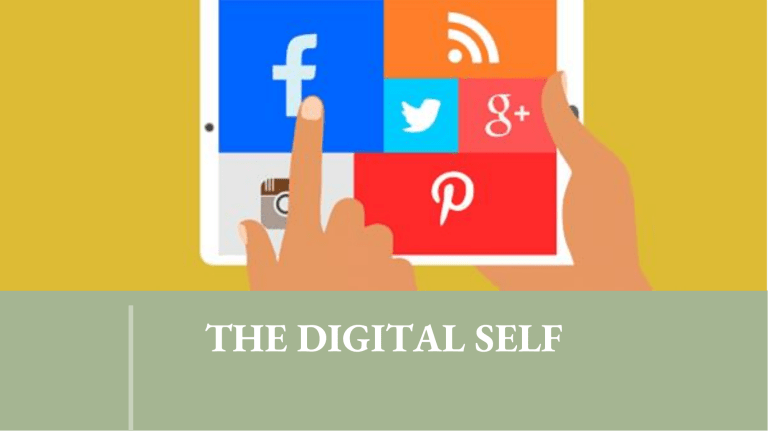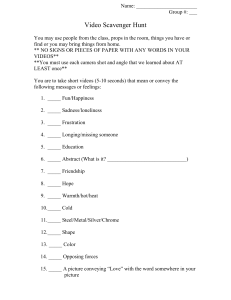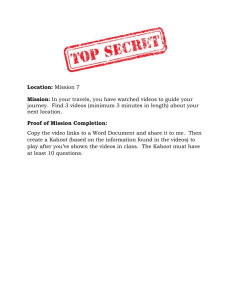
THE DIGITAL SELF DIGITAL refers to the norms of appropriate and responsible behaviorCITIZENSHIP towards technology use. Digital citizenship is anchored in 3 general principles: respecting, educating, and protecting oneself and others. Digital citizenship serves the purpose or regulating human behavior in a highlytechnological and digital world. A major concern of living in the digital era is how technology shapes one’s sense of self and identity. One concept that is related to the concept of the digital self is online disinhibition. It is defined as the lack of restraint one feels when communicating online in comparison to communicating in person. Some individuals lose their inhibition in social interactions because there is an aspect of being present only in the virtual, a sort of anonymity. Anonymity may serve as an option for individuals who are naturally shy and introverted to express their thoughts, without threat to their self-esteem. Nowadays, however, people are more inclined to show their own personalities via online channels. The permeating nature of technology has also influenced various technological and online behaviors people manifest. Within the concept of digital citizenship, there are 9 themes that cover these behaviors: WHY DO WE HAVE A DIGITAL SELF? The idea of the Digital Self is an interesting and relatively new topic discussed in consumer behaviour research. Researchers, such as Stone (1996) and Hemetsburger (2005) claim that the digital web allows us to try out different personas that differ from our real life identities. But why would we want to even do this? We were especially interested in looking at why we express ourselves online the way we do and we wanted to share the most common reasons: 1. 2. 3. 4. 5. We want to meet the expectation of others We want to boost our self-esteem To feel a sense of belonging Bigger sense of freedom Striving to be our ideal selves WHAT NOT TO POST ONLINE 1. Sexy or revealing pictures 2. Pictures of videos sowing private moments with love ones 3. Pictures or videos showing bad habits 4. Negative comments on another person’s attitudes 5. Posts announcing conflicts with other people 6. Posts of the results of a particular competition with the names of defeated person 7. Comments showing strong opposition to certain issues 8. Comments with foul, vulgar, indecent, and offensive words 9. Pictures or videos revealing one’s financial status 10. Pictures or videos showing family trips 11. Pictures or videos displaying one good deeds 12. Pictures or videos in hospitals 13. Posts of every single thing you do DICHOTOMIES OF THE SELF Producer or Consumer 1. 2. Online versus Offline 3. Body versus Technology ARE YOU RESPONSIBL AE NETIZEN? SHARING FAKE NEWS As a famous saying goes, “Think before you click.” Lately, social media has been teeming with fake news—malicious content that tends to speak ill of certain people or issues. Many people on social media share fake news because they fail to verify the truthfulness of such online articles. People bully other people online because they feel that they can do so as online interaction is different from face-to-face or personal interaction. They can hide themselves through their screens which make them feel capable of hurting other people. One form of cyberbullying is bashing which can damage to an individual’s psychological well-being. SHARING VIRUSES Some social media users share the viruses for fun. Usually, these viruses present themselves as pornographic content which makes users interested in opening such as malicious links. This is an example of inappropriate behavior online for its aim, which may appear direct or not, is to damage one’s reputation online. END OF DISCUSSION MR. IANCE GAEVRIEL DE CHAVEZTUBO



